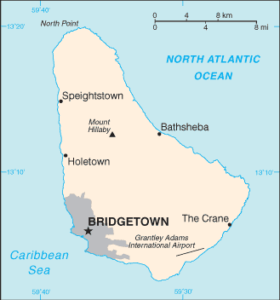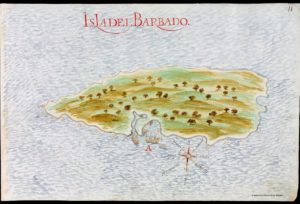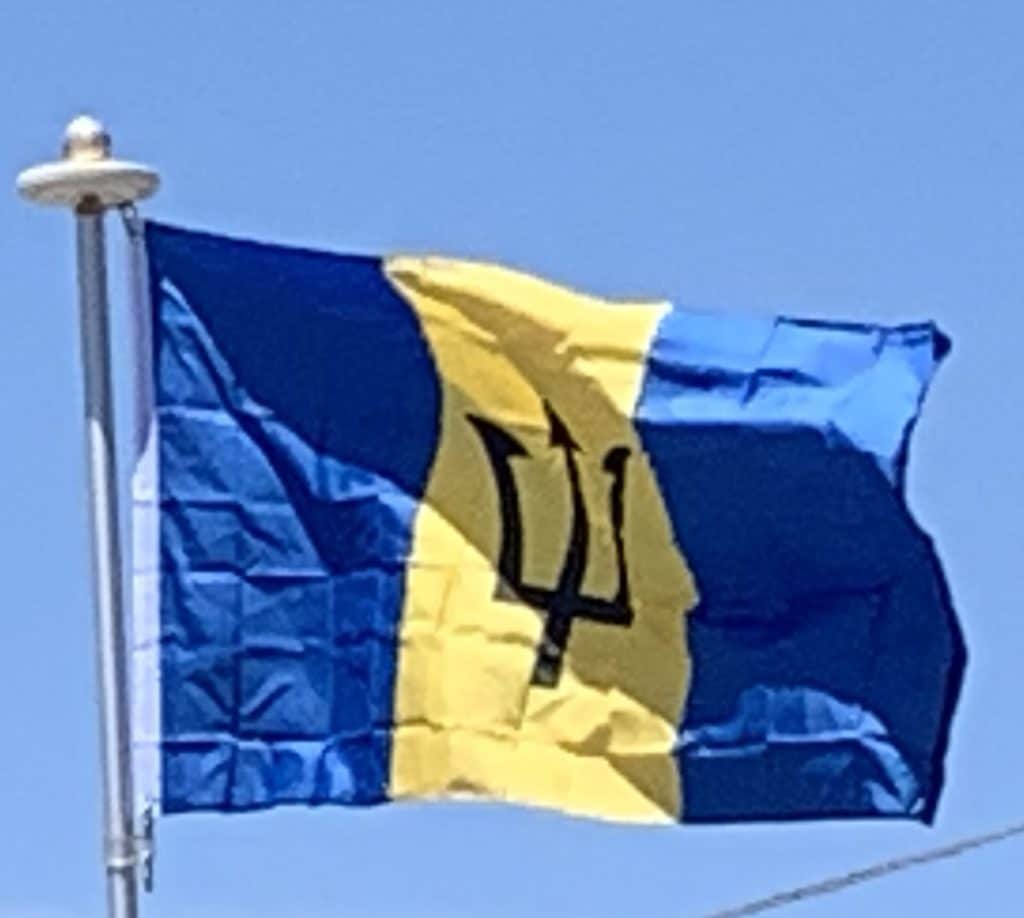
Colloquially, Barbadians refer to their home island as “Bim” or other nicknames associated with Barbados, including “Bimshire”. The origin is uncertain, but several theories exist. The National Cultural Foundation of Barbados says that “Bim” was a word commonly used by slaves, and that it derives from the Igbo term bém from bé mụ́ meaning ‘my home, kindred, kind’, the Igbo phoneme [e] in the Igbo orthography is very close to /ɪ/. The name could have arisen due to the relatively large percentage of enslaved Igbo people from modern-day southeastern Nigeria arriving in Barbados in the 18th century.
History:
Prehistory:
Some evidence suggests that Barbados may have been settled in the second millennium BC, but this is limited to fragments of conch lip adzes found in association with shells that have been radiocarbon-dated to about 1630 BC. Fully documented Amerindian settlement dates to between about 350 and 650 AD. The arrivals were a group known as the Saladoid-Barrancoid from mainland South America. A second wave of settlers appeared around the year 800 (the Spanish referred to these as “Arawaks“) and a third in the mid-13th century (called “Caribs” by the Spanish). This last group was politically more organised and came to rule over the others.
Early History:
Frequent slave-raiding missions by the Spanish Empire in the early 16th century led to a massive decline in the Amerindian population, so that by 1541 a Spanish writer claimed they were uninhabited. The Amerindians were either captured for use as slaves by the Spanish or fled to other, more easily defensible mountainous islands nearby.

From about 1600 the English, French, and Dutch began to found colonies in the North American mainland and the smaller islands of the West Indies. Although Spanish and Portuguese sailors had visited Barbados, the first English ship touched the island on 14 May 1625, and England was the first European nation to establish a lasting settlement there from 1627. England is commonly said to have made its initial claim to Barbados in 1625, although reportedly an earlier claim may have been made in 1620. Nonetheless, Barbados was claimed from 1625 in the name of King James I of England. There were earlier English settlements in The Americas (1607: Jamestown, 1609: Bermuda, and 1620: Plymouth Colony), and several islands in the Leeward Islands were claimed by the English at about the same time as Barbados (1623: St Kitts, 1628: Nevis, 1632: Montserrat, 1632: Antigua). Nevertheless, Barbados quickly grew to become the third major English settlement in the Americas due to its prime eastern location.
Early English Settlement:
The settlement was established as a proprietary colony and funded by Sir William Courten, a City of London merchant who acquired the title to Barbados and several other islands. So the first colonists were actually tenants and much of the profits of their labor returned to Courten and his company.
The first English ship, which had arrived on 14 May 1625, was captained by John Powell. The first settlement began on 17 February 1627, near what is now Holetown (formerly Jamestown), by a group led by John Powell’s younger brother, Henry, consisting of 80 settlers and 10 English laborers. The latter were young indentured laborers who according to some sources had been abducted, effectively making them slaves.
